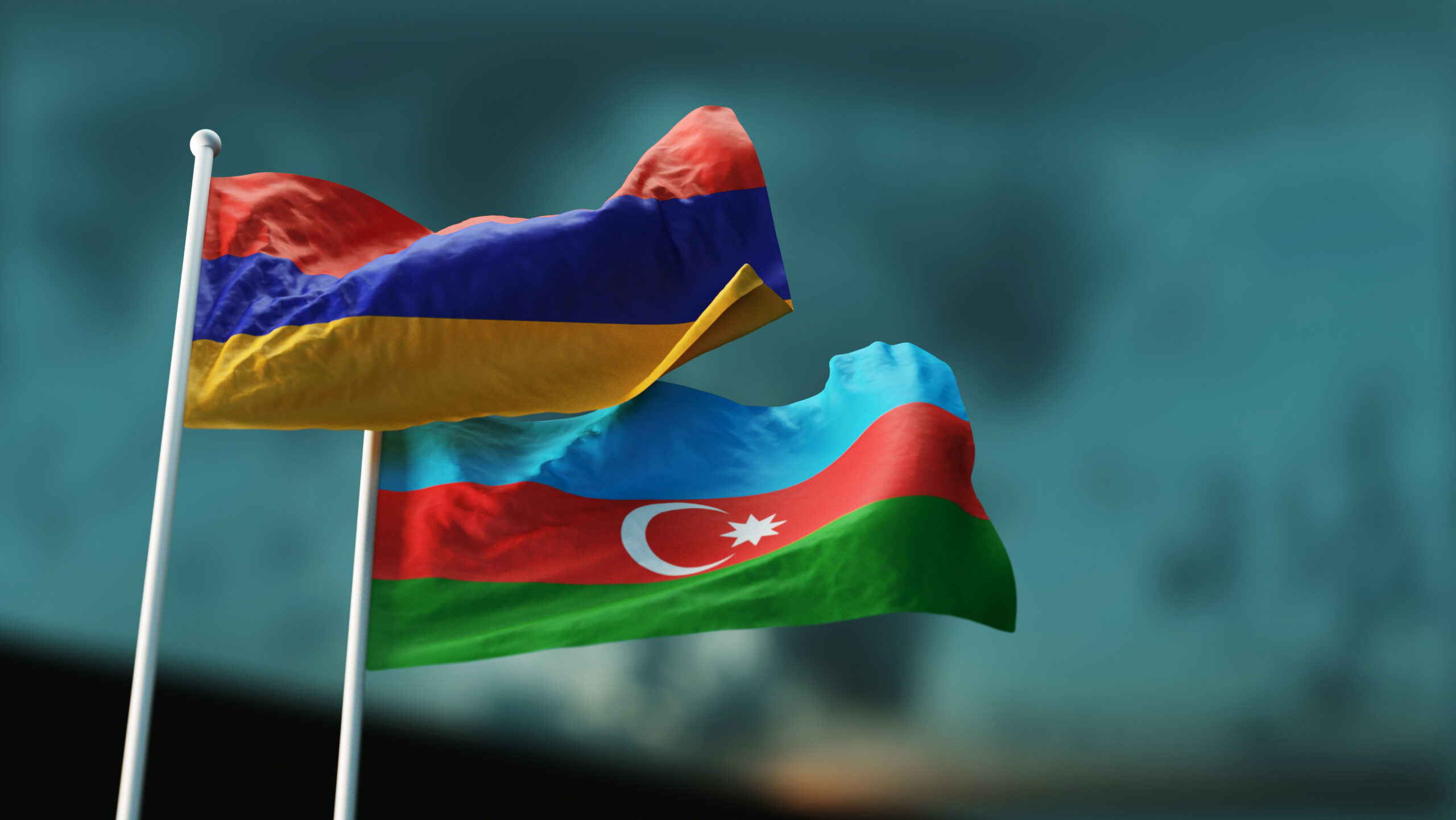
Rising tensions along the border raise the risk of new clashes between Armenia and Azerbaijan: Reuters reports from Khnatsakh
Nightfall is an anxious time for residents of Khnatsakh, Reuters writes.
Every evening at around 10 p.m., automatic gunfire echoes through the tiny village in Armenia, locals say–the sound of Azerbaijani troops firing into the night sky from their positions across the border, high above.
The bullets regularly hit houses, though no-one has been hurt, so far, the villagers say.
“It’s very tense because at home we have the children, the little ones, and the elderly,” said Karo Andranyan, 66, a retired mechanic.
A hundred metres from his front door, on the hillside, an Azerbaijani military position with a flag fluttering in the breeze is a reminder of the proximity of Armenia’s bitter rival. The heavily militarized, 1,000-km border has been closed since the early 1990s.
The countries have fought two major wars in the past 40 years, destabilising the Caucasus – a region that carries major oil and gas pipelines toward Europe, and is strategically important to Russia, Iran and Turkey.
Rising tensions along the border are increasing the risk of new clashes between Armenia and Azerbaijan as they approach a critical juncture in a tortuous peace process, two experts told Reuters.
In March, the two sides said they had agreed the outline of a peace treaty that could be signed in 2026, raising hopes of reconciliation. The draft envisions the two sides demarcating their shared border, and requires Armenia to amend its constitution before Azerbaijan ratifies the deal.
But since then, reports of ceasefire violations along the border have surged, following months of relative quiet.
Residents think the nighttime gunfire was meant to intimidate the villagers and the small garrison of Armenian troops stationed there. The village – which census data said had a population of 1,000 – was emptying as locals feared a return to conflict.
The simmering conflict has shifted decisively in Azerbaijan’s favour since 2020, as the oil and gas producer recaptured territory lost in the 1990s and progressively re-established control over the region of Nagorno-Karabakh where ethnic Armenians had established de facto independence since the collapse of the Soviet Union. In 2023, it retook all of Karabakh, prompting the territory’s 100,000 ethnic Armenians to flee en masse to Armenia.
U.S. Secretary of State Marco Rubio told a congressional hearing last month there was a “real risk” of war between the two. He said that the U.S. wanted Azerbaijan “to agree to a peace agreement that does not cause them to invade a neighboring country, Armenia.”
Azerbaijani President Ilham Aliyev, in power since 2003, said in January that Armenia presented a “fascist threat” that needed to be destroyed.
Laurence Broers, an expert on Armenia and Azerbaijan at London’s Chatham House think tank, said that though a return to full-scale war was possible, more localized skirmishes were more likely.
He said Azerbaijan, whose population of 10 million is three times Armenia’s, has few incentives to agree swiftly to a peace treaty and may instead rely on smaller scale escalations to force its neighbour to make further concessions in the talks.
Armenia’s southernmost province of Syunik is at the heart of the dispute and is where most ceasefire violations are reported.
Syunik separates the main body of Azerbaijan to the east from the Azerbaijani exclave of Nakhijevan to the west. It also provides a vital trade route for Armenia to Iran, which it borders to the south. Azerbaijan has since 2020 demanded Armenia provide it with a corridor through Syunik to Nakhijevan. Baku has said that the passage would remain Armenian territory but have minimal controls from the capital Yerevan.
In addition to its border with Azerbaijan, Armenia’s frontier with Turkey – a close ally of Baku’s – is also closed, making its boundary with Iran a lifeline for trade. A corridor through Syunik could risk shutting off its access to the remote, mountainous border.
Armenia and Iran have warm ties, despite Armenia’s Christian religion, and increasingly pro-Western orientation. In 2022, Iran was Armenia’s fourth-largest source of imports. In May, Tehran’s defence minister visited Yerevan, with Iranian media quoting him as expressing Iran’s opposition to redrawing borders in the region.
The dilemma is heightened by Armenia’s strained ties with traditional ally Russia, which opposes Armenia’s bid to draw closer to the West, and which has deepened its links with Azerbaijan.
At Armenia’s southernmost tip sits the historic town of Meghri, the gateway to Iran.
Only 16 km away from Azerbaijan, the town of 4,000 has seen its daily life overshadowed by tensions with Baku, deputy mayor Bagrat Zakaryan said.
“Given the recent events in Karabakh, and what the president of Azerbaijan has been saying, there is this feeling of fear,” he said.


